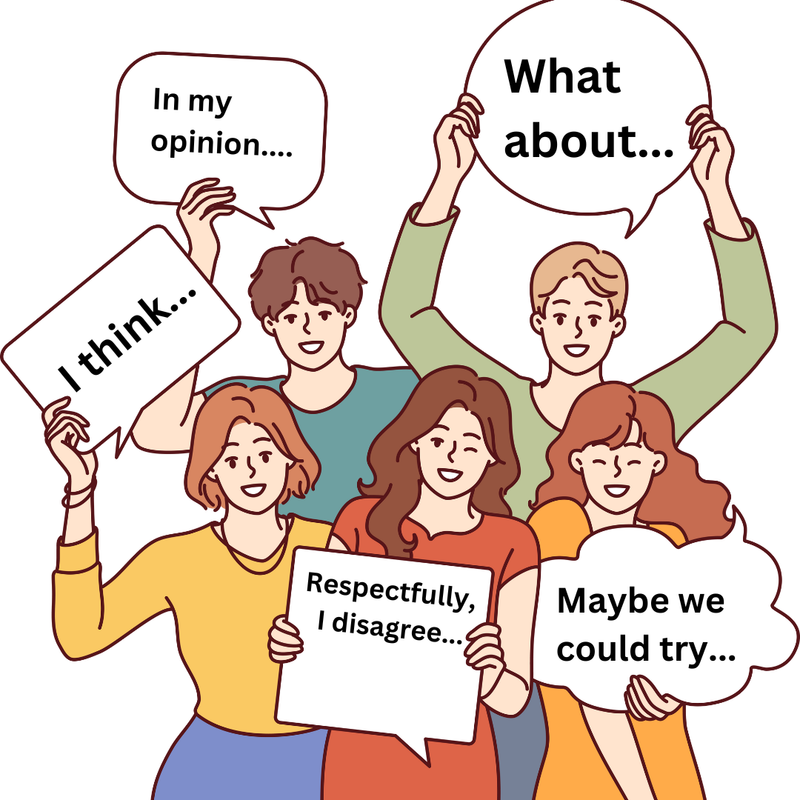Editorials and Opinion Texts - Persuasive Texts

ELAL Learning Outcomes (Knowledge and Skills and Procedures) - Non-fiction texts include persuasive texts, such as editorials and opinion pieces. Structures within non-fiction texts include larger topics and sub topics, and cause and effect. Discuss a variety of opinions regarding the structure, content, or source of information expressed in non-fiction texts.
Through this lesson, students will identify the characteristics of editorial and opinion text, learning how to distinguish between large topics and subtopics. They will learn about the cause and effect relationship found in opinion text and apply what they have learned in analyzing media samples.
Key vocabulary:
Editorial - An article in which someone shares their opinion, usually found in newspapers or online media.
Opinion writing - a type of writing that shares what someone thinks or feels about a particular topic and the reasons they feel this way.
Large topic - the broad subject of the text (ex: "School Rules").
Subtopic - A specific part of the larger topic (ex: "Should students be allowed to use cellphones during recess?").
Cause - Why something happens.
Effect - What happens as a result. Example: If schools ban junk food (cause), students might make healthier food choices (effect).
Lesson:
Outcome: students will identify the characteristics of editorial and opinion texts using a variety of media samples. Students will distinguish between large topics and subtopics. Students will identify cause and effect phrases within text to understand this relationship in opinion text.
Activity - Part 1:
Start with the following prompt: "Have you ever had a strong opinion about something at school or in your community? How did you express your opinion?
Some people express their opinion by writing. In journalism, we call this editorial or opinion writing. In a newspaper or online media source, it has a formal structure with defined characteristics. We will examine some media samples that demonstrate this type of writing and identify their defining characteristics."
Identify and teach the key vocabulary and concepts for this lesson.
Part 2 - Analysis of media samples:
Here are two online media samples for students in Grade 5. Feel free to find and use others that would be more pertinent to your class. Use the first one with the key questions to discuss as a class. Print the second one for the group activity.
https://www.timeforkids.com/g56/should-school-start-later-in-the-day-g5/
Key Questions:
What is the author's purpose? Who is this author writing this text for? (target audience)
What is the large topic in this media sample? What is the author's opinion about this topic?
What are the subtopics in this media sample? How do these subtopics support the main topic?
Can you find the cause (or the reasons that the author gives for his/her opinion) in this media sample (ex: having homework) and then the related effect (on the author) of this cause (ex: no free time)?
Once the students have answered these questions for the first sample, have them work with a partner or in a small group, to find each of the key concepts above for the second printed sample. They can use highlighters to identify each of the key concepts.
They should be able to:
1) identify the large topic and subtopic(s).
2) summarize the opinion.
3) List at least one cause and one effect mentioned or implied.
Reinforcement activity:
Students are encouraged to write their own opinion about a topic that pertains to them. It could be 5 -10 sentences including the large topic and 1 or 2 subtopics, as well as one cause and one effect.